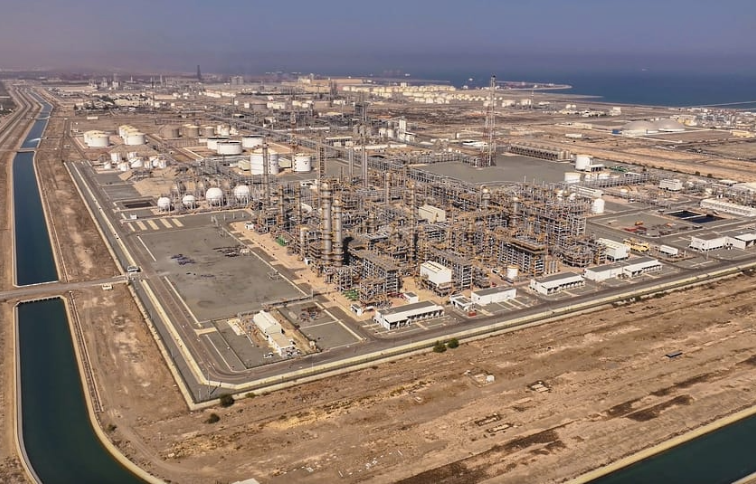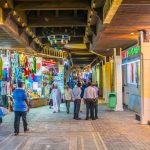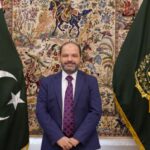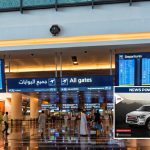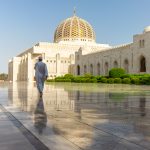MUSCAT : Oman is capitalising on its unique position linking Asian, African and Middle Eastern markets, as well as its stable economic environment and modern legislative framework, to become a top investment destination. The national blueprint, Oman Vision 2040, is central to this push, ushering in an era of economic openness and activation of both local and foreign investment systems under the twin pillars of diversification and sustainability.
Key legislative reforms underline the transformation. The 2019 Foreign Capital Investment Law (Royal Decree No. 50/2019) enabled 100 per cent foreign ownership in most sectors. Alongside this, the approval of a Public-Private Partnership Law and a Privatisation Law has opened the door for private sector participation in major national projects, providing a clearer, more investor-friendly legal framework.
These changes have borne fruit in international benchmarks: Oman has climbed ten places in the Ease of Doing Business Index, now ranking 68th globally. At the same time, its investment-facing online platforms have recorded strong uptake. The Invest Easy portal, which has since evolved into the unified Oman Business platform under the Ministry of Commerce, Industry & Investment Promotion, has completed more than two million electronic transactions by Q3 2025, including over 822,000 commercial licences issued electronically.
Read More
- Oman Vision 2040 unit to release fourth progress report on national goals next week
- Duqm Economic Forum 2025 to power Oman’s future with AI, green industries, and tourism innovation
- Oman achieves full completion of 25 digital projects under national transformation program
- An emotional homecoming: Thousands greet Kerala CM Pinarayi Vijayan in Muscat
- Oman unveils ‘Meteorite Corner’ in Duqm, showcasing the Sultanate’s celestial heritage
On the infrastructure front, Oman’s investment in economic zones and free zones is impressive. Incentives in these zones include up to 10 years’ tax exemption, customs-duty waivers and streamlined land-ownership rules for industrial and commercial plots.
In the digital and services sphere, the Sultanate has deployed 5G networks and smart systems in key infrastructure, pushing it to 35th globally in the Access to Electricity Index. Coupled with its political and security stability, these factors reinforce investor confidence in Oman’s long-term business environment.
The government has also reformed property-registration processes via its Ministry of Housing and Urban Planning, reducing property transfer fees from 5 per cent to 3 per cent and securing 52nd place globally in the property-registration index. Foreign ownership is permitted under a usufruct system of up to 99 years in tourism-development projects, further adding to the real-estate investment narrative. Processing times for approvals have been cut from months to less than a month.
In municipal services, the Unified Municipal System project consolidated more than 300 procedures onto one digital platform. For example, the Etemad platform launched by Muscat Municipality cut drilling-permit processing from six months to ten days. On the environmental front, the Environment Authority reduced permit fees (max OMR 900 for three years) and streamlined project classification into three categories, balancing development with sustainability.
To support investors, the government established the Invest in Oman Center as a one-stop shop, assigning each investment project an “account manager” and releasing a national investment map that transparently outlines sector opportunities. The Omani approach stands out for balancing legislative modernisation with institutional stability, service excellence, integrated infrastructure and comprehensive digital transformation, all of which bolster its appeal as a regional investment destination.
In terms of investment flows, Dr Mohammed bin Hamid Al Wardi, member of the State Council and economic analyst, noted that foreign direct investment (FDI) reached approximately OMR 30.3 billion by mid-2025, nearly double the level at the start of 2020. He attributes this to the favourable legislative environment (notably the Foreign Investment Law and the Special Economic Zones/Free Zones Law), the launch of economic zones such as the one in Al Dhahirah Governorate to attract Saudi investment, and another in Al Rawdah to attract Emirati investment.
However, he cautioned that the bulk of investment is still concentrated: 80 per cent in oil & gas extraction and 9 per cent in manufacturing, with 78 per cent of foreign investment coming from the UK and USA. Diversification of investor origins and sectors remains a challenge.
Meanwhile, Faisal bin Abdullah Al Rawas, Chairman of the Board of Directors of the Oman Chamber of Commerce and Industry, reaffirmed that the country has built an attractive investment environment through advanced infrastructure, and pointed to Oman Vision 2040’s roadmap as a key enabler, with the private sector empowered, quality investments targeted, and entrepreneurship supported.
Looking ahead, investment plans in green-hydrogen are estimated at approximately RO 14.6 billion (US $38 billion), which if realised would mark a major developmental leap and deepen Oman’s economic structure across sectors.
For all the latest news from Oman and GCC, follow us on Twitter, Instagram and LinkedIn, like us on Facebook and subscribe to our YouTube page, which is updated daily.
